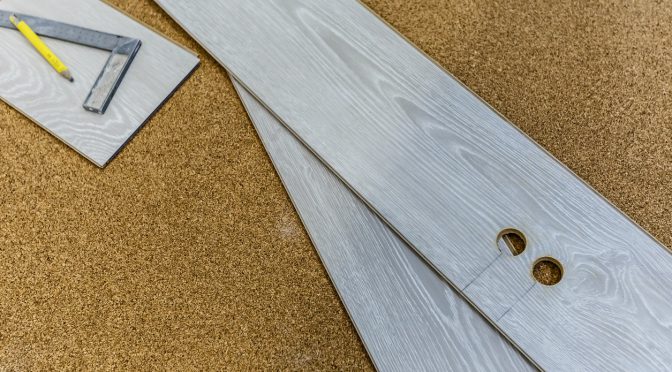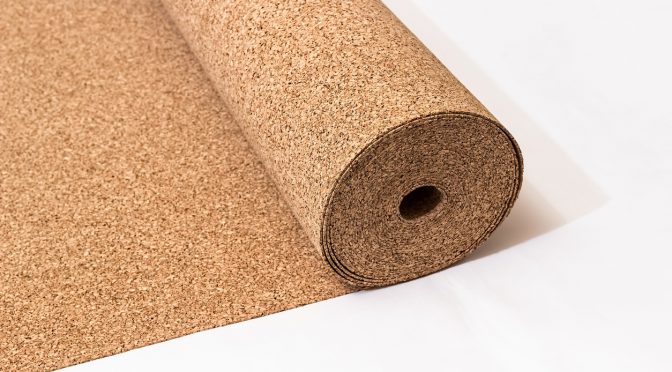We tend to examine the yard quickly. In our minds, it’s not very important. The condition of the home and its financing are of greater significance. Yet, taking the time to observe the four corners of the yard may save you many problems.
If you’re only planning to stay for a few years, you may think the yard doesn’t really count for much. Caution! If the yard hides a defect, it will affect the home’s resale price. If you intend on staying there permanently, the yard will require much thought for future projects. In both cases, a basic examination is required.
If an old tree is near the house, its roots may be so deep and spread out into the ground that they are about to crack the foundations, especially if they’re already fragile.[……]



